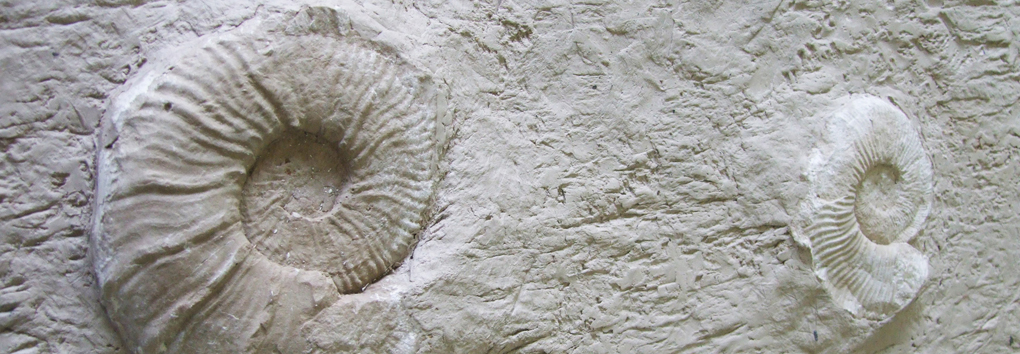
1. After the animal died, the soft body parts became detached from the shell and quickly decomposed. The shell sank to the seabed.
2. It was gradually filled and covered by sediment, and was buried.
3. The sediment layer grew thicker and the compacted weight squeezed water out. The sediment became sedimentary rock and the animal’s remains became fossilized.
4. The shell dissolved; only the fossil remained. How did an animal become fossilised?
1. In the case of the ammonite, after the animal died, the soft body parts became detached from the shell and quickly decomposed. The shell, now lighter because it no longer contained the animal’s soft body, drifted for some time in the water until it sank to the seabed.
2. Sediments accumulated on the seabed then entered the shell and covered it. This was the burial stage that is essential to the fossilisation process.
3. As time went by, the sediment layer grew thicker and the compacted weight squeezed water out of the sediments. This phenomenon of compression began the transformation from sediment (loose) into sedimentary rock (hard). The remains of the animal were then transformed into a fossil.
4. More often than not the animal’s shell dissolved and the only part to remain visible is the mould of the animal’s shell where the sediment solidified inside. This is how the ammonites at Serre de l’Ane were fossilised.
Even though we can sometimes find many fossils in a particular location, please remember that fossilization is a rare phenomenon! In order for these fossils to be useful it is vital that they be studied in situ, in their natural environment. This is why it is forbidden to remove any fossils here.

